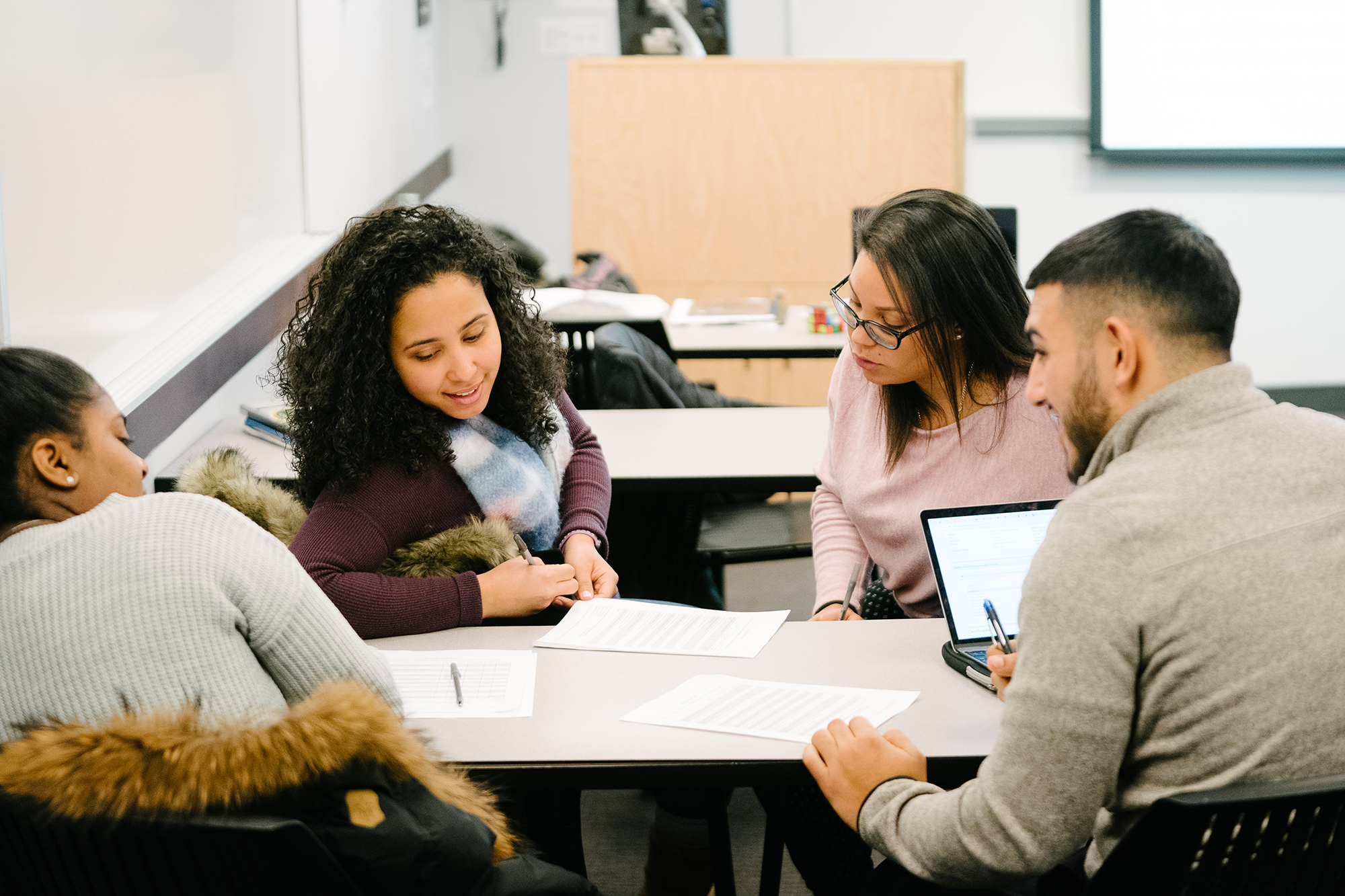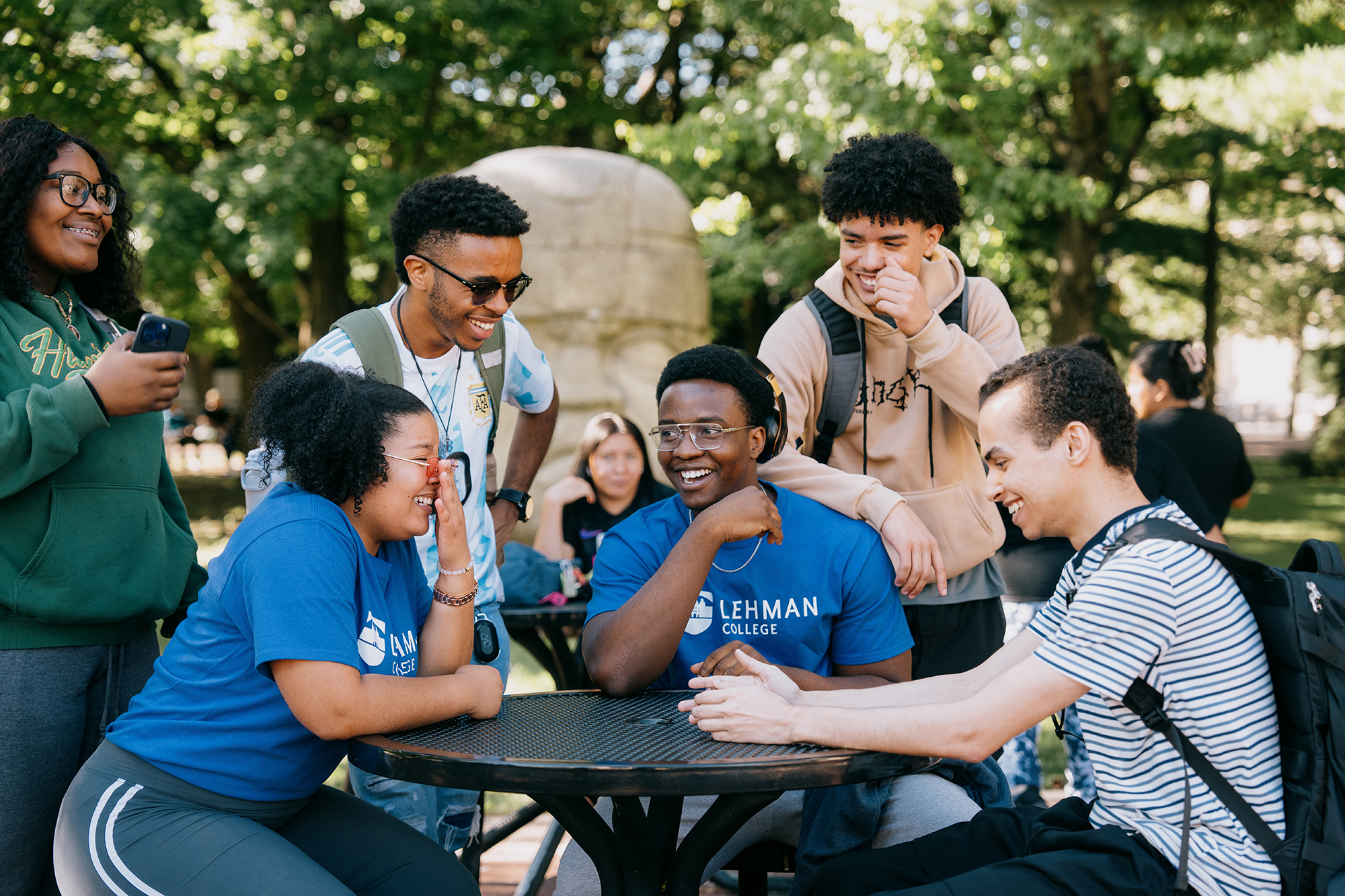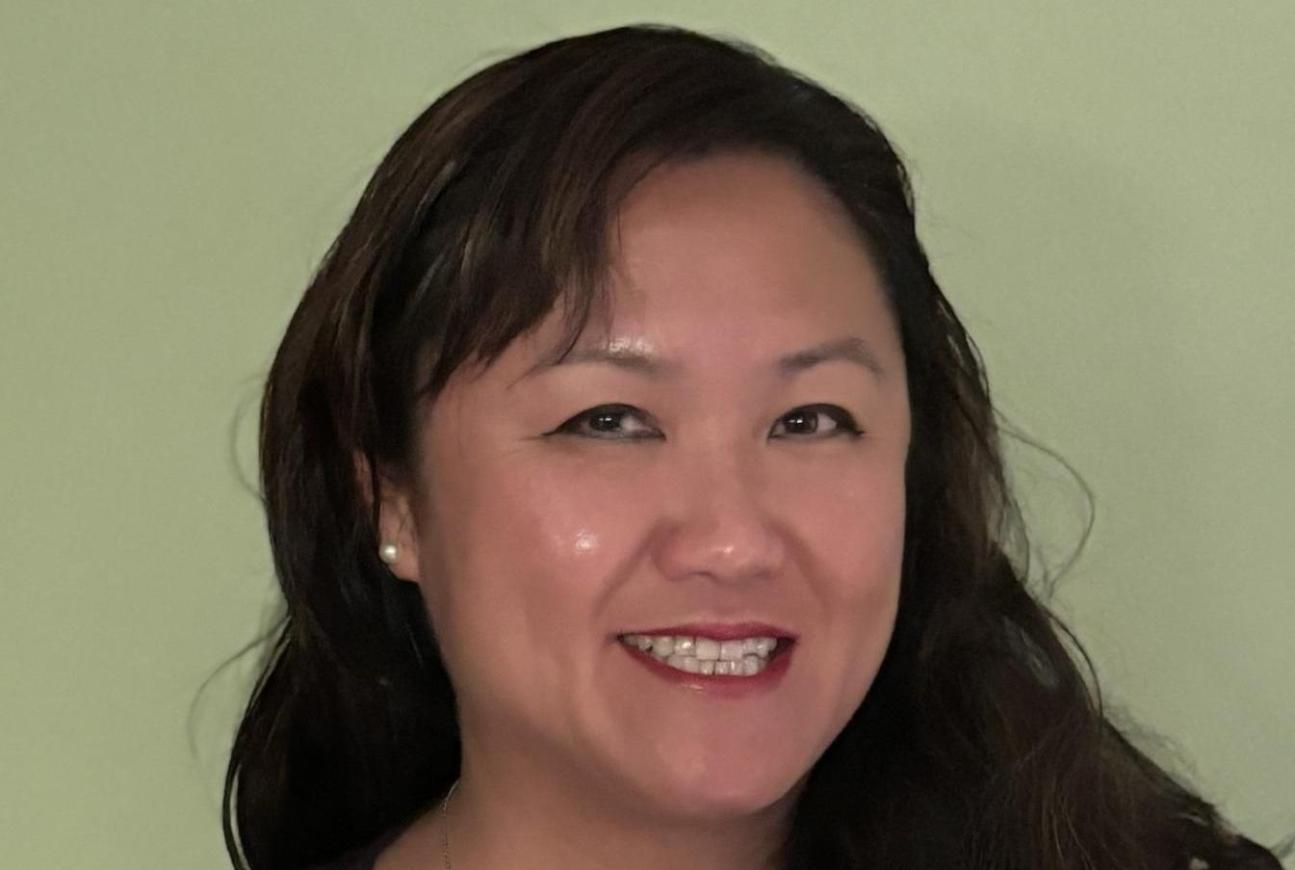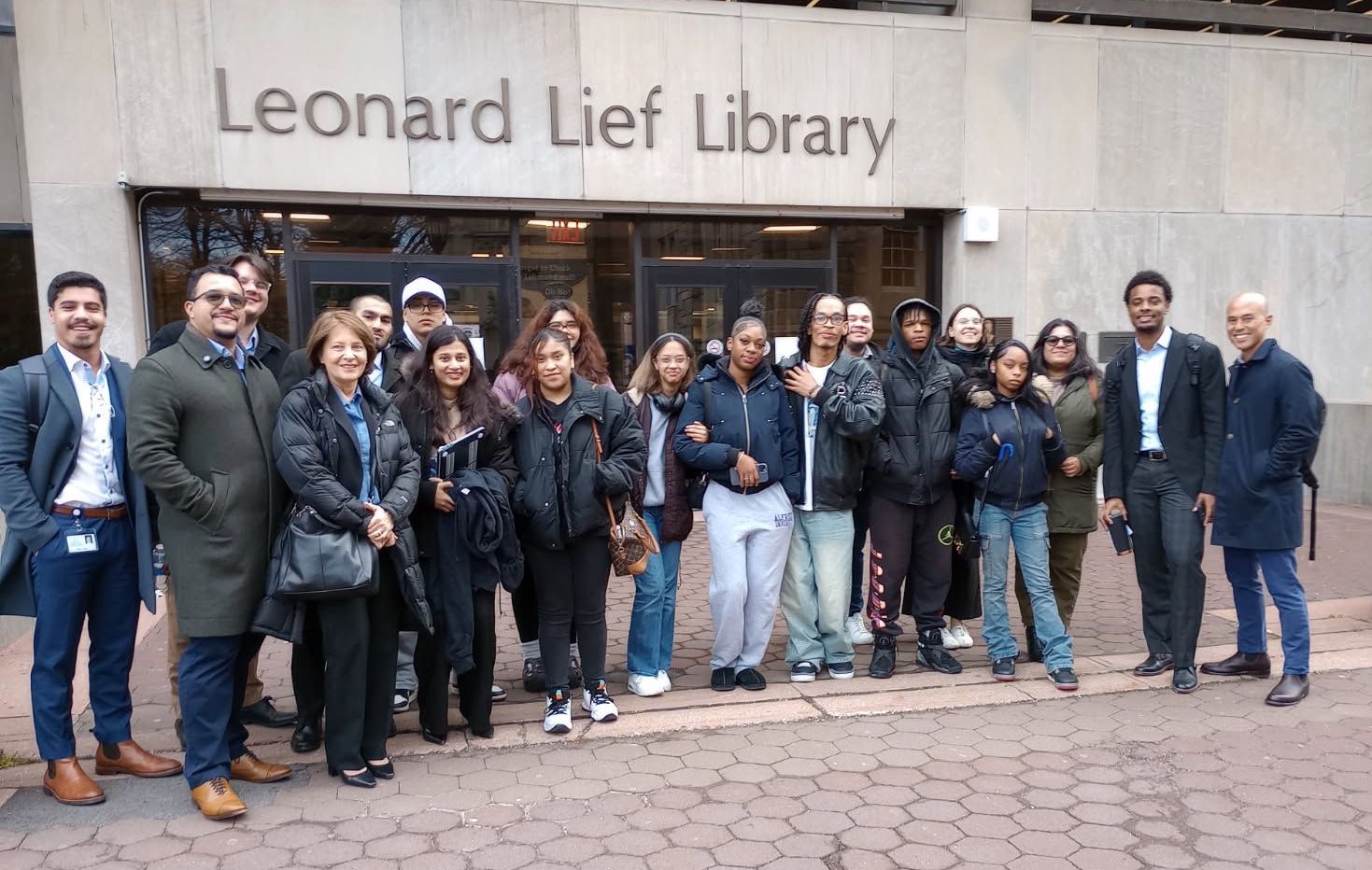- Lehman College >
- News >
- 2023 >
- Lehman Physics Professor Generates ‘Random’ Breakthrough in Quantum Optics
News
Search All News
Saturday, December 13, 2025
CONTACT
Office Hours
Monday - Friday 9am - 5pmClosed Sat. and Sun.
RELATED STORIES
December 10, 2025
Tammy Lee Christensen Takes National Leadership Role in APHA
Lehman Physics Professor Generates ‘Random’ Breakthrough in Quantum Optics
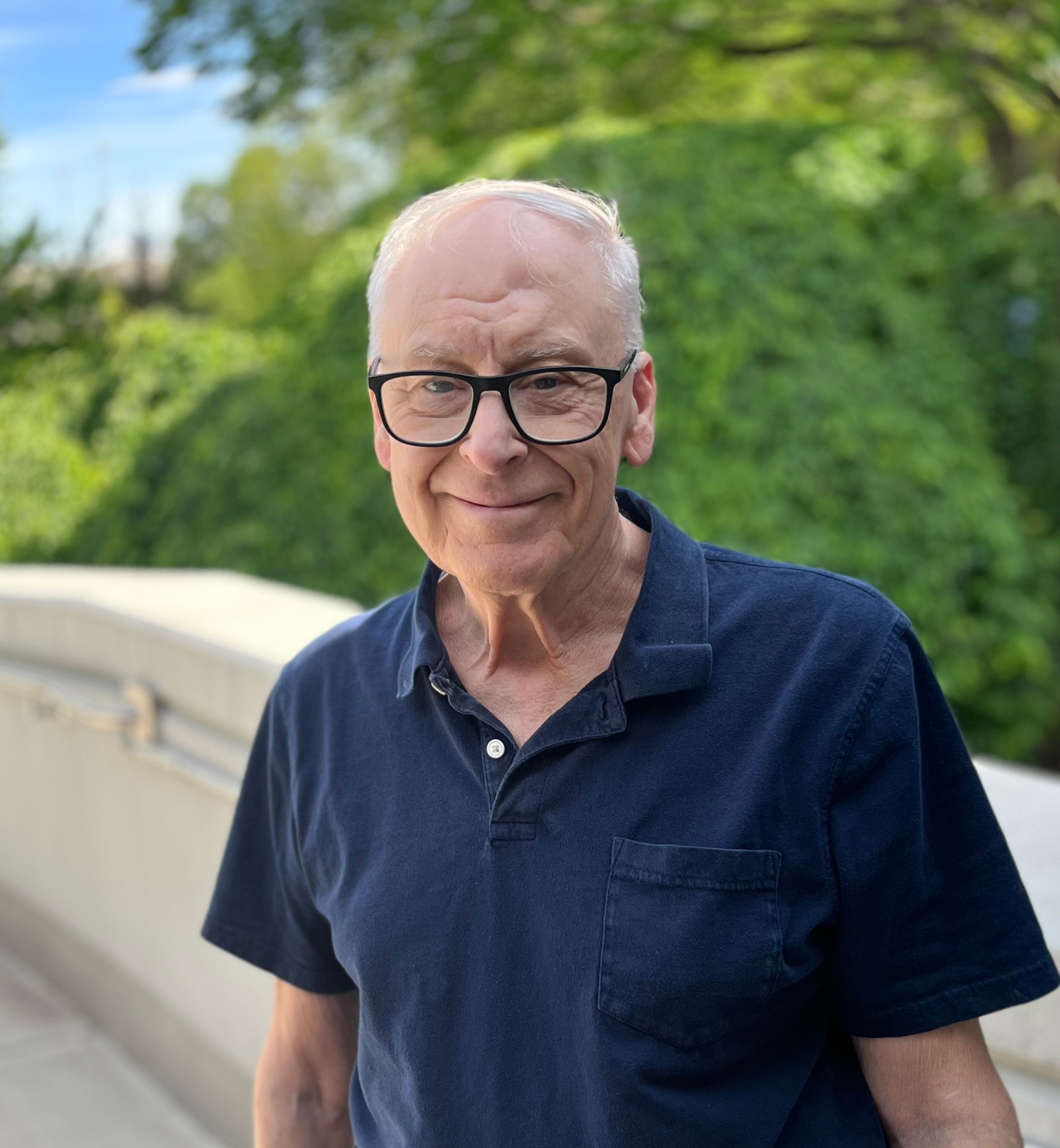
May 26, 2023
Lehman and CUNY Graduate Center physicist Christopher Gerry has devised a method to generate truly random numbers, and it has the potential to accelerate research in quantum physics, the study of our universe’s most fundamental building blocks: atoms and electromagnetic energy.
If you have ever traded bitcoin, bought a lottery ticket, or gambled at a casino you’ve dealt with random numbers.
Until now, random number sequences have been generated with a computer algorithm or a physical process. Think of flipping a penny multiple times: assign a value of 0 or 1 to each side and you’ll get a random sequence of binary numbers.
Traditional random number generators produce a string of numbers with absolutely no predictable order or pattern and have a multitude of applications; computer science, for example, depends upon them. But these methods are unreliable. “They may pass many of the statistical tests of randomness,” Gerry said, “but they can never be truly random.”
Getting to true random numbers is vital for experimental accuracy.
“They are an essential resource in science and technology, and even in some aspects of everyday life,” said Gerry, a theoretical physicist who specializes in quantum optics. “They are important for computer simulations of complicated processes, or in the computer estimations of areas and volumes of irregular shapes.”
Gerry says his novel approach is a more efficient way to achieve true random numbers, and is entirely unbiased.
It works by counting photons, the massless, elementary particles through which electromagnetic energy, such as light, is transmitted.
While photon-based random number generators do exist, they can yield inaccurate results. That method involves splitting a laser beam, detecting the path of isolated photons, and assigning them a value. Because standard photon detectors can count up to 10 photons at most, the process requires low-intensity lasers, which produce unreliable photon numbers.
Gerry’s method is different; it uses a stronger laser to produce higher photon numbers, and assigns value according to even or odd particle counts, rather than the path a single photon takes.
“The idea is quite simple,” he said. “For laser light of high enough intensity, the probability of detecting an odd photon number is equal to the probability of detecting an even photon number. Detecting even parity could be assigned ‘0’ while detecting odd could be assigned ‘1.’ Repeating these measurements would generate a string of random numbers.”
Gerry calculated that this would work in theory, but he had no way to test his idea.
“The concern was with the photon detection technology,” said Gerry. “One needed to be able to count [more] photons and with single-photon resolution—to tell the difference between, say, 25 photons and 24 or 26. Standard photon detectors, avalanche photodiodes, are unable to perform those kinds of measurements.”
He invited colleagues Richard Birrittella and Paul Alsing, both at the Air Force Research Laboratory in Rome, New York, to collaborate on a paper describing this new method, and posted it on arXhiv, an online repository for STEM research, in August of 2021.
Birrittella, a frequent research partner, was Gerry’s former student at Lehman and the CUNY Graduate Center.
Not long after they posted their research, a graduate student from the Quantum Optics Lab at the University of Virginia (UVA) took notice, and reached out to Gerry with a proposal. The group had recently developed a device capable of detecting up to 100 photons with accuracy, and was looking for opportunities to test it. Gerry and his colleagues were on board.
The UVA experiment used an infrared laser with a strength of 57 photons on average, “high enough to balance the probabilities of obtaining equal and odd counts,” Gerry said.
Over a million photon-number counts in total were analyzed for randomness by Birrittella and Alsing using a series of randomness tests taken from the National Institute of Standards and Technology. These displayed no inherent bias in the measurements, confirming Gerry’s theory.
Gerry, his colleagues at the Air Force lab, and members of the UVA lab published their findings in Nature Photonics in December 2022.
“These discoveries make a significant contribution to the field of quantum information processing which is likely to become the future of computation, said Eugene Chudnovsky, Gerry’s colleague and a distinguished professor of Physics at Lehman.
The “randomness” of the entire project is not lost on Gerry. “I want to emphasize the pure serendipity that our proposal appeared on the physics archive at just the time when counting 100 photons with single-photon resolution became possible through this new technology,” he said.


